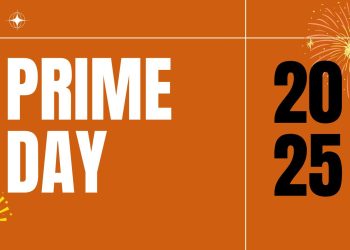Table of Contents
Are you in the market for a log splitter? Making the decision that you want to buy a log splitter, whether it’s for your log fire or a more practical, work-related reason, can be hard when you realize just how many different models are out there. Check out this model, for instance. In the following post, therefore, we are going to discuss some of the most important considerations you need to make when choosing the right log splitter. This will help ensure that you invest your money wisely and get exactly what you need.
Tonnage Rating
One of the most important considerations to make that we feel ranks above all others when it comes to choosing a log splitter is the tonnage rating. After all, wouldn’t it be a waste of money if the log splitter you invested in wasn’t fit to split the type and size of logs you are working with? For example, if you are intending on cutting hardwoods like hickory and elm with diameters of 6-inches, you are going to need a log splitter with a rate of 10 tons or more. However, if you are going to be cutting softwoods like pine, you will be fine with something as low as a 4 ton. This subject is covered more in an article covered by Traditional Gardening on log splitters.
Gas or Electric Powered
The next major decision you need to make when deciding on a suitable log splitter for your needs is how it is powered. You can choose between either a gas-powered or an electric powered log splitter, a decision that is made difficult thanks to the fact they both have their own advantages and disadvantages.
One aspect of the log splitting you intend on doing can have an impact on which is best, though, and that is where you are going to be doing it. Will you be splitting logs far from your home and then taking them to your property, or will you be splitting logs in the backyard or garage on your property?
Why is this important? If you are going to be splitting logs away from your home, you will obviously not have access to an electricity supply unless you have a generator or a very long extension cable. This is the main reason why you may want to opt for a gas-powered one. However, if you are splitting logs close to home, not only do you have easy access to an electricity supply, but you don’t run the risk of the fumes generated by a gas-powered log splitter affecting you or other members of your household.
Portability
How easy it is to transport a log splitter is obviously something you will need to give some serious thought to. Especially if you are working on chopping wood away from your home. It is important to judge because even if you are going to use a trailer to tow it back and forth or you intend on placing it in the back of your car or pick-up truck, you need to know it’s not going to be too heavy and cause issues with the towing vehicle.
Even when choosing on you intend on setting up in your backyard, you should think about how easy it is to move. If you don’t want to leave it out in your yard at the end of each day, you will need to put it somewhere undercover, which means moving it. You will find though that most modern log splitters, whether they are incredibly big or small, come with wheels and handles to aid with transporting them around.
Budget
Although it should not be the determining factor, when you are buying tools and equipment, you should always keep in mind your budget. As it goes for anything these days, the cheapest does not always mean worst, and by the same token, the most expensive does not always mean the best. The log splitter that’s right for you is one that not only fits in with your available budget but will perform the task you need it to. There is no point saving money on a log splitter that will never cut the sizes or types of logs you need it to.
At the end of the day, it is down to you to decide which is right for you. We hope, though, that the above guide helps you find one that will give you many years of service.








